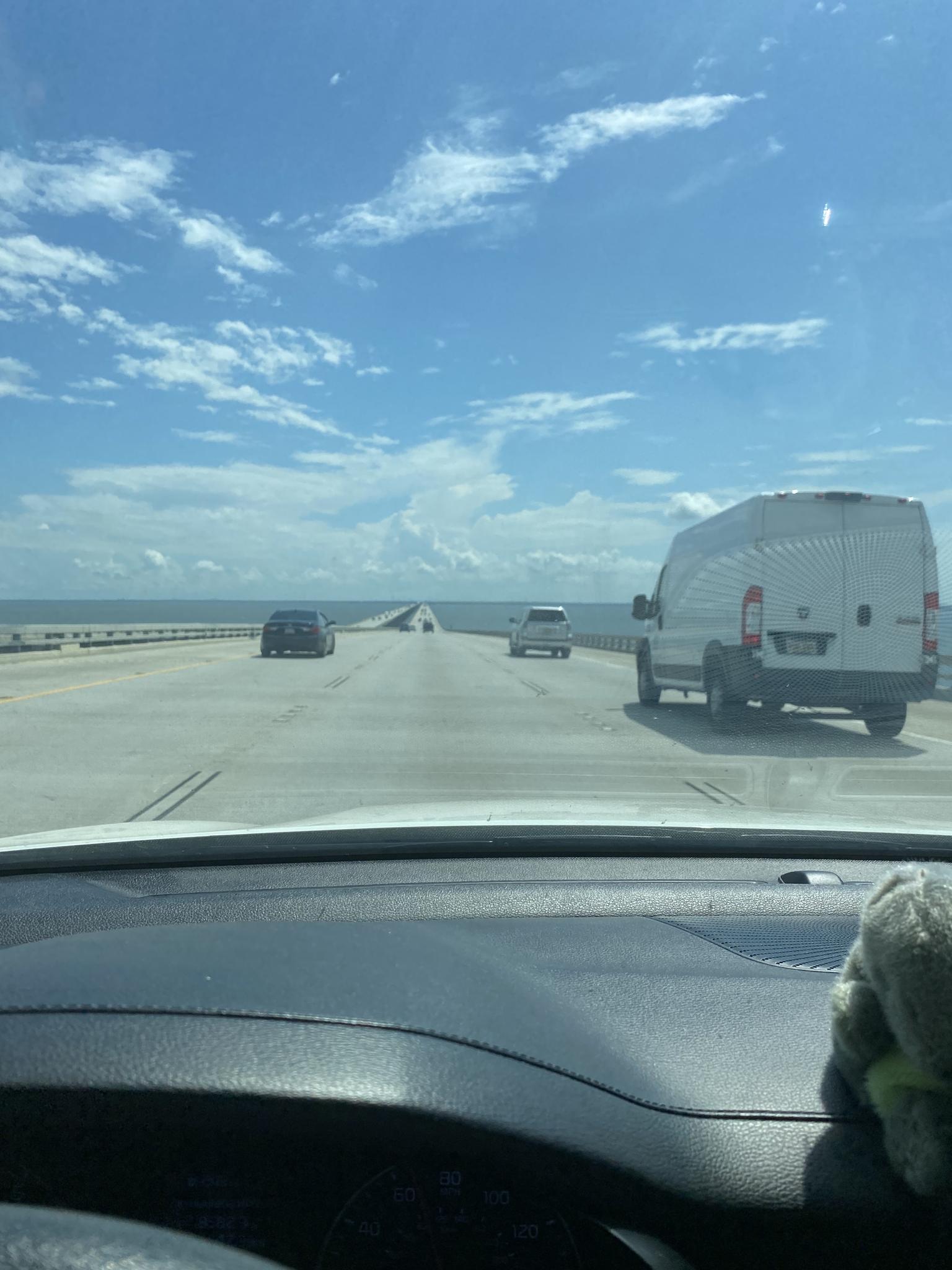NOLA- Part I
“New Orleans is a survivor. She has faced down countless tragedies. Fire, floods. Where another city would buckle, New Orleans turns misery into magic.” – Vincent (Yusuf Gatewood)- The Originals
Indeed, New Orleans seems to be the definition of turning misery into magic. There’s a lot about this city that does not fit the “normal” paradigm. The 500 miles road from Nashville, TN, heads south through Alabama and Mississippi toward the Mississippi River Delta. An orange Fleur de Lys on a blue bilingual sign signals the state line of Louisiana: “Bienvenue en Louisiane,” the placard reads under its English equivalent. A first marker of the French remains, intertwined with the short-lived Spanish rule, later taken by the United States as part of the Louisiana Purchase in 1803, tell the story of the Creole State. And it’s not just any story. It is rooted in myths and legends of vampires and witches, in its syncretism that created the New Orleans Voodoo, in its food, music, art and the crystal ball divination and fortune telling—if you are curious and courageous enough to hear other prophecies than the ones Professor Trelawney made in 1980.
While all the magic of New Orleans seems to be concentrated in the invisible concentric circles that create the borders of the French Quarter, the Lake Pontchartrain Causeway bridge (25 miles- the longest in the world) seems to be the first “task” a traveler needs completing to gain access to the city’s peculiarities. It stretches between the city and the rest of the world, and for more than half an hour, the concrete becomes your only friend in a sea of blue, where sky and water merge, hiding the city in a cloak of fog. The eeriness of the bridge to nowhere, to a land yet unseen from the middle of the lake, starts building. With every mile of water and sky you leave behind, others seem to appear in front of your eyes. A never-ending, straight road.

When finally, sky and water part, the city’s tallest buildings emerge from the fog as giants of steel and glass, towering over the Spanish architecture and the city’s red and yellow streetcars cruising on their way to the city’s heart —The French Quarter. With only 0.66 square miles (1.7 square km) that make roughly 13 small blocks, one might wonder what makes this place so alluring.
More about that, including New Orleans and Romania connections, in the next post. Until then, watch out for vampires!
